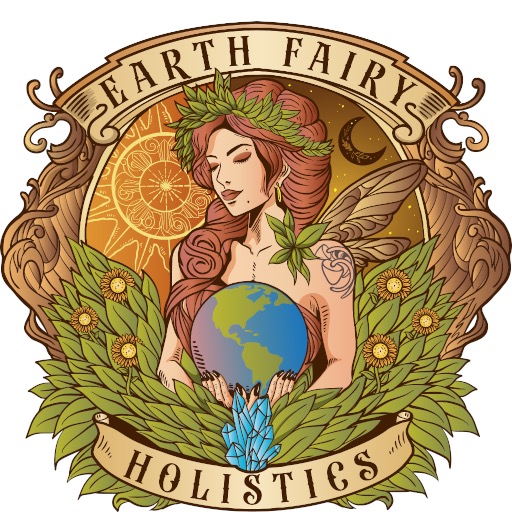Organic Arnica Flowers - Whole (Arnica montana, Arnica spp.)
$1.50
Herbs are Sold By the Ounce, Price is Per Ounce
Arnica Flowers - Whole (Arnica montana, Arnica spp.)
Botanical Information
- Botanical Name: Arnica montana
- Common Names: Mountain Arnica, Leopard’s Bane, Wolf’s Bane, Mountain Tobacco
- Family: Asteraceae (Daisy family)
- Origin: Native to Europe and Siberia; also found in parts of North America
- Parts Used: Flowers (occasionally roots and leaves)
Botanical Description
Arnica is a perennial herb that grows up to 1-2 feet tall. It has bright yellow or orange daisy-like flowers, which bloom from June to August. The leaves are slightly hairy and grow in pairs along the stem.
Growing and Harvesting
- Hardiness Zones: 4-9
- Habitat: Prefers nutrient-poor, well-drained soils and full sun. Often found in mountainous regions, grasslands, and open woods.
- Harvesting: The flowers are harvested when fully open, usually in mid to late summer. They are carefully dried for medicinal use.
Traditional and Historical Uses
Arnica has a long history of use in European folk medicine, primarily for treating bruises, sprains, muscle pain, and inflammation. It was often used as a topical remedy for external injuries and to promote healing. Historically, it was also used internally, but this practice is now discouraged due to the plant’s toxicity.
Energetics and Taste
- Energetics: Warming, stimulating
- Taste: Bitter, slightly astringent
Medicinal Actions and Uses
- Anti-inflammatory: Arnica is widely known for its ability to reduce inflammation, making it useful for treating bruises, sprains, and other injuries.
- Analgesic: It is commonly used to relieve pain associated with trauma, arthritis, and overexertion.
- Antimicrobial: Arnica has some antimicrobial properties, which help prevent infection when applied to minor cuts and abrasions.
- Stimulant for Blood Flow: Applied topically, Arnica can stimulate blood flow to the affected area, promoting faster healing.
Constituents
- Active Compounds: Sesquiterpene lactones (including helenalin), flavonoids, volatile oils, and thymol derivatives.
- Key Components: Helenalin, which is primarily responsible for Arnica’s anti-inflammatory and analgesic effects.
Cautions
- Toxicity: Arnica is toxic when taken internally, except in highly diluted homeopathic doses. Oral ingestion can cause severe side effects such as nausea, vomiting, dizziness, and even organ failure.
- Skin Irritation: Prolonged or excessive topical use can cause skin irritation, including eczema and blistering.
- Open Wounds: Should not be applied to open wounds or broken skin, as it can be absorbed into the bloodstream and cause toxicity.
- Pregnancy and Breastfeeding: Not recommended during pregnancy or breastfeeding due to its potential toxicity.
Scientific Studies
- A study in the Journal of Ethnopharmacology demonstrated Arnica’s effectiveness in reducing pain and inflammation in cases of osteoarthritis, supporting its traditional use for musculoskeletal disorders .
- Research published in Phytomedicine highlighted Arnica’s role in speeding up the healing of bruises and reducing post-operative swelling .
- An article in the European Journal of Clinical Pharmacology reviewed the safety and efficacy of Arnica in topical applications, confirming its benefits for localized pain and injury.
Write a review
|
Ask a question



